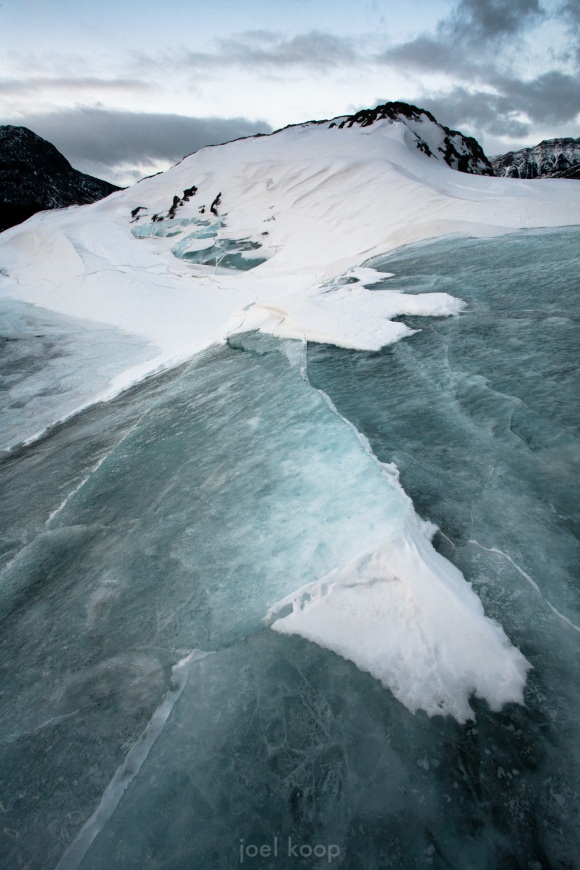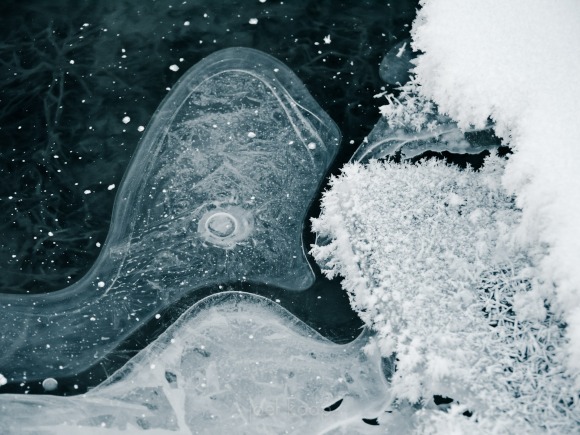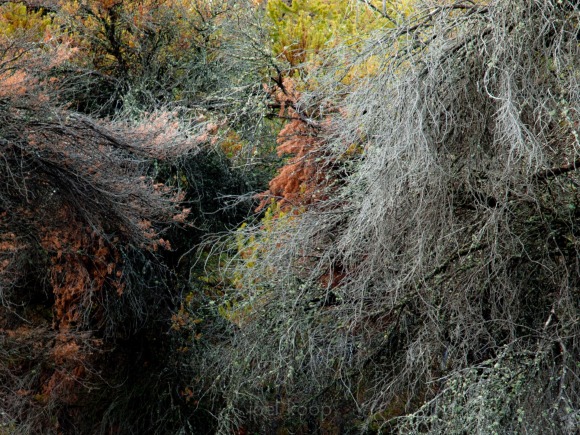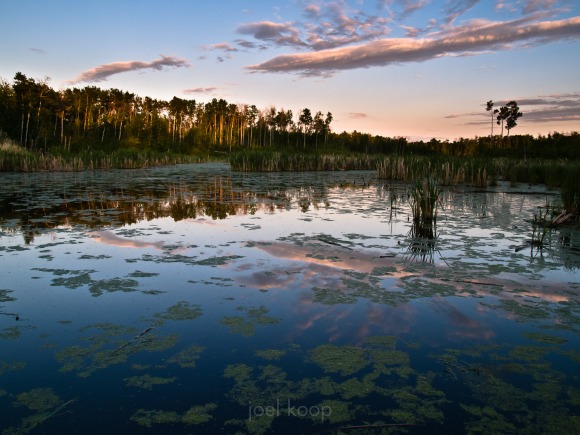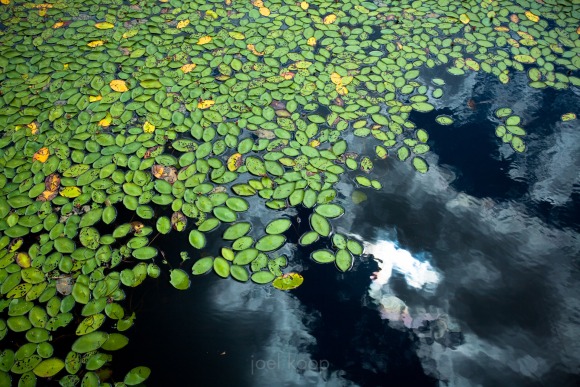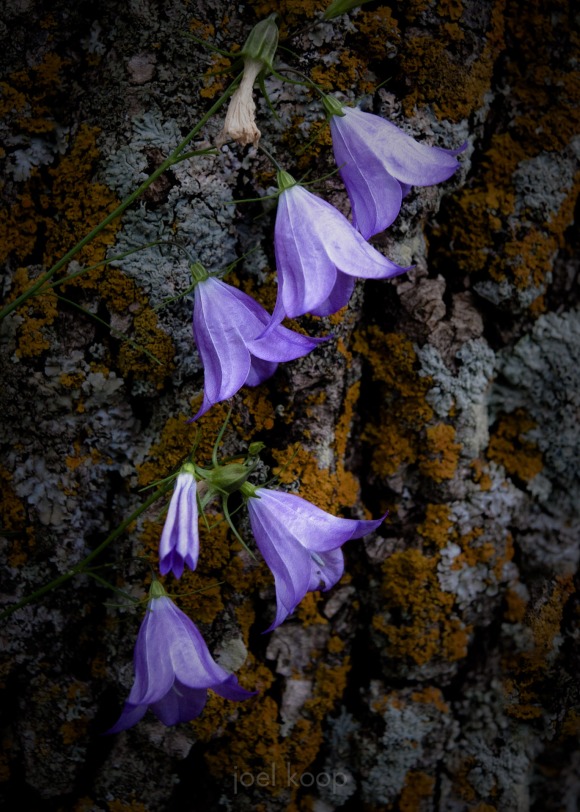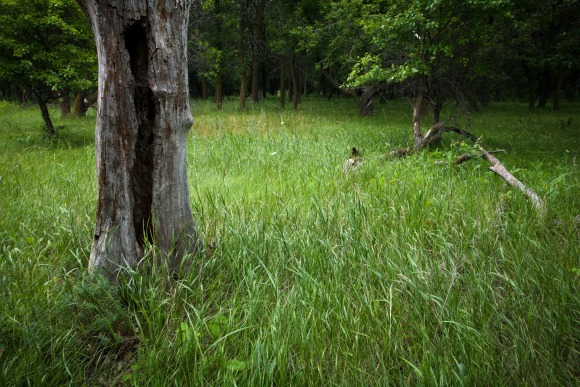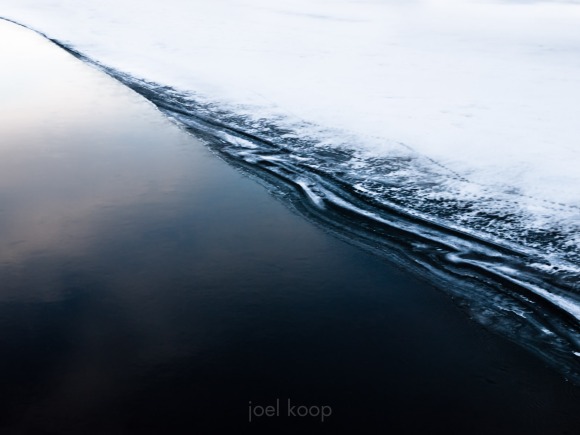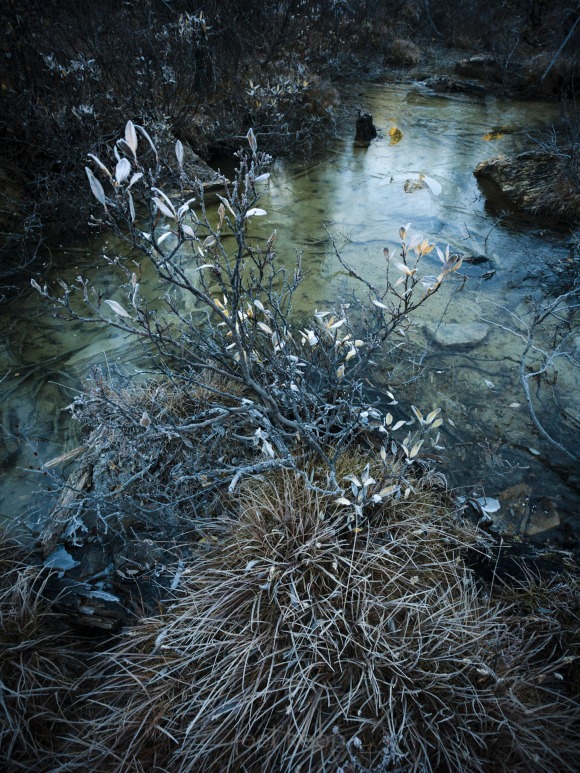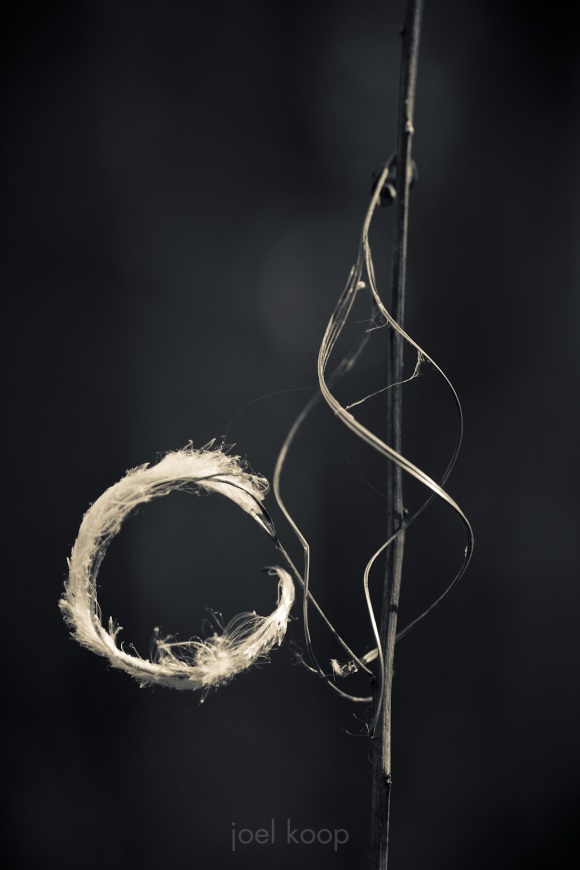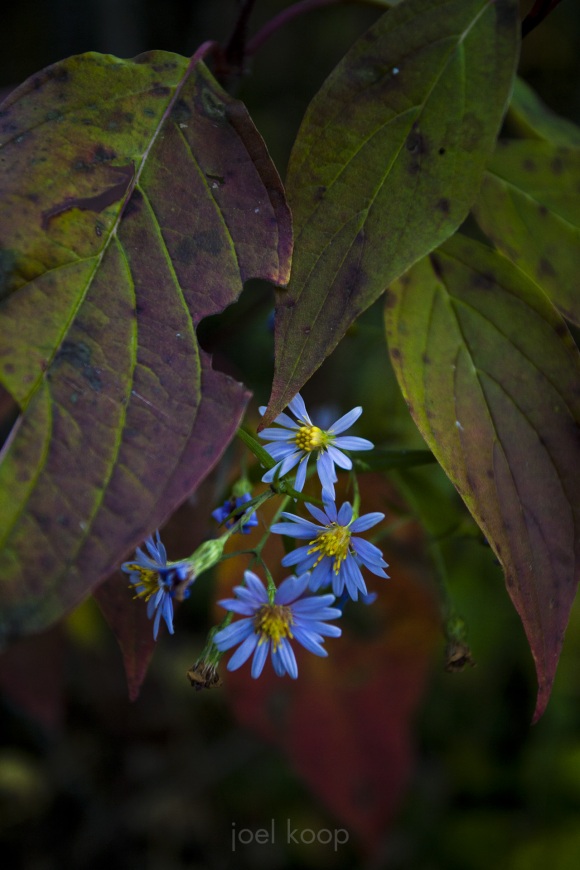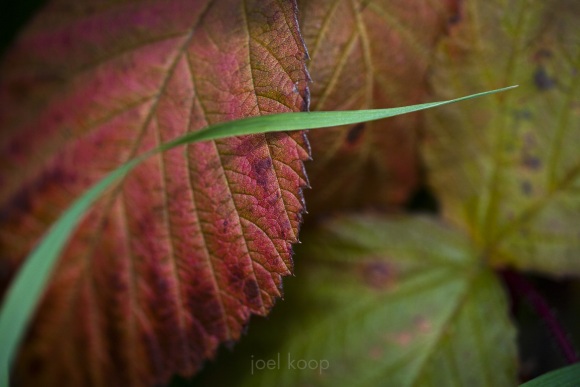Composition and inspiration are, in my opinion, the core of art photography. Working part time in a camera store, it is easy to get caught up in technical details and gear wankery. Which is important, but art gets left behind because it is harder to talk about, and doesn’t put money in company’s pockets. But I’d like to talk about composition.
I’m posting two photos today. They were taken just a few minutes apart and they have similar lighting, similar composition, similar subject. In both I used the classic triangle composition (this is something I’m only half conscious of when I’m taking photos) – one with positive space (seems to come forward), one with negative (seems to recede). In a triangle composition there’s a broad base at the bottom coming to a point at the top of the frame.
The top photo was taken first, and when I downloaded the photos it was also the first to jump out at me. I really liked it. Over the last few weeks, my opinion has been shifting. I’ve gained some distance from the memory of taking these photos, and now I’m thinking the second is better. It has a clearer composition with the high contrast edges of the rock and the log, and it has contrast between two sides of the triangle – the log gives a curvy organic line to contrast with the sharp jagged line of the rocks. Both lead the eye to a focal point – the leaf and the stump in the water on the first one, and the log at the top in the second.
In the end I’m sure it’s subjective. Some people will like one better, and some people the other. But it’s fascinating to me, in something as abstract as a nature photo, how much of a consensus there can be on good or bad photos.
